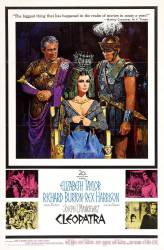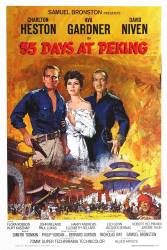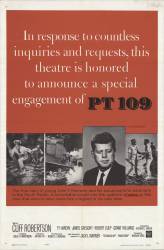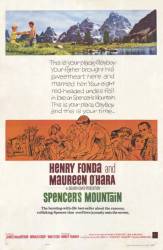
Factual error: Why is Hilts not wearing a uniform? A serving officer captured behind enemy lines in civilian clothing risked being shot as a spy. If a prisoner's uniform was too worn or damaged to wear, it was routine for the German authorities to replace it - a P.O.W. in civilian clothes is an obvious escape risk. He is wearing a pair of tan chinos, a cut off sloppy Joe sweatshirt, both ridiculously anachronistic - Sixties hipster fashions - and nowhere even close to a World War 2 uniform. He is also wearing Army Type III Service boots - something that would never have been issued to a fighter pilot.
Suggested correction: Hilts was a POW for a few years before being transferred to this camp. His current clothing likely changed from when he was originally captured in his uniform, so he would not have been considered a spy. After multiple escape attempts, his uniform could have been ruined. The Geneva Convention required that POWs receive shelter, food, clothing, medical care, etc. The Red Cross delivered care packages to POW camps containing food, miscellaneous apparel, and other essentials. Sweatshirts have existed since the 1920s and changed little. Also, chino pants have been around since the late 19th century. Hilts was an U.S. Air Force pilot, and light-colored khaki trousers (similar to chinos) were standard-issue uniform for some U.S. military branches, along with leather bomber jackets for Air Force pilots.
And none of them would have been available to a prisoner in a German POW camp in Poland in the mid 1940s. Not one single item of hipster fashion would have found its way into the camp. Even if it did, do you really think the German authorities would allow a prisoner to lounge about in civilian clothing? Talk about an escape risk.
The camp was in Germany, not Poland. Other than the sweatshirt, Hilts appears to wear military clothing - a leather bomber's jacket with military sleeve insignia, and U.S. Air Force khaki trousers. So not "hipster" '60s civilian clothing. The sweatshirt could be military appropriate (even issued) and something Hilts acquired at a different camp. He arrived with a small duffel bag that presumably had some misc clothing. He and two other POWs are the only Americans and have different uniforms. The current camp commandant, who apparently disdained Hitler and his Nazi minions, would decide what POWs could wear.

Factual error: The Forum shown in the film is smaller than in real life. Also, Cleopatra is shown passing through the Arch of Constantine, a monument that was built centuries after her death.

Factual error: Throughout the film, sea grape vines are seen all along the shore. Sea grapes do not grow in the Pacific, where the story takes place, only in the Caribbean where the film was made.

Factual error: The weapons for this film, save for the American Krag-Jorgensen rifles, British Lee-Enfield MLE rifles, and German Mauser Gewehr 98 rifles, are completely wrong. The Russians, who had Mosin-Nagants, are portrayed with Mausers. The French are for the most part correctly poratrayed with Lebel Mle. 1886/93 rifles, but a few have Berthier rifles that weren't used until 1907. The Austro-Hungarians are portrayed with a mixture of Mausers and Berthiers when they would have had Mannlicher M88/90's or perhaps Mannlicher M95's. The Japanese are equipped with Mausers and would in reality have had Muratas. The Italians have a mix of Berthiers and Mausers, but would've used Vetterli-Vitali rifles. The Chinese Imperial troops and Boxers both have Gewehr 98 Mausers. Although they did indeed have Mausers, they had the far earlier Gewehr 71's and Gewehr 71/84's.

Factual error: All of the PT boats in this film are painted in the same Navy Gray used by larger warships of the US Navy in WWII. However, the real PT 109 and the other PTs in its squadron were painted green in order to better blend into their daytime anchorages or moorings near island jungles. The common green color scheme of this period was designated as "Design 5P" and incorporated Navy Green over a base coat of Ocean Green.

Factual error: When Clay Spencer and his brothers begin work on his dream house, they mix and pour the concrete for the foundation, then immediately begin putting up the framing. The concrete would have to cure for at least two weeks before the framing could be started.